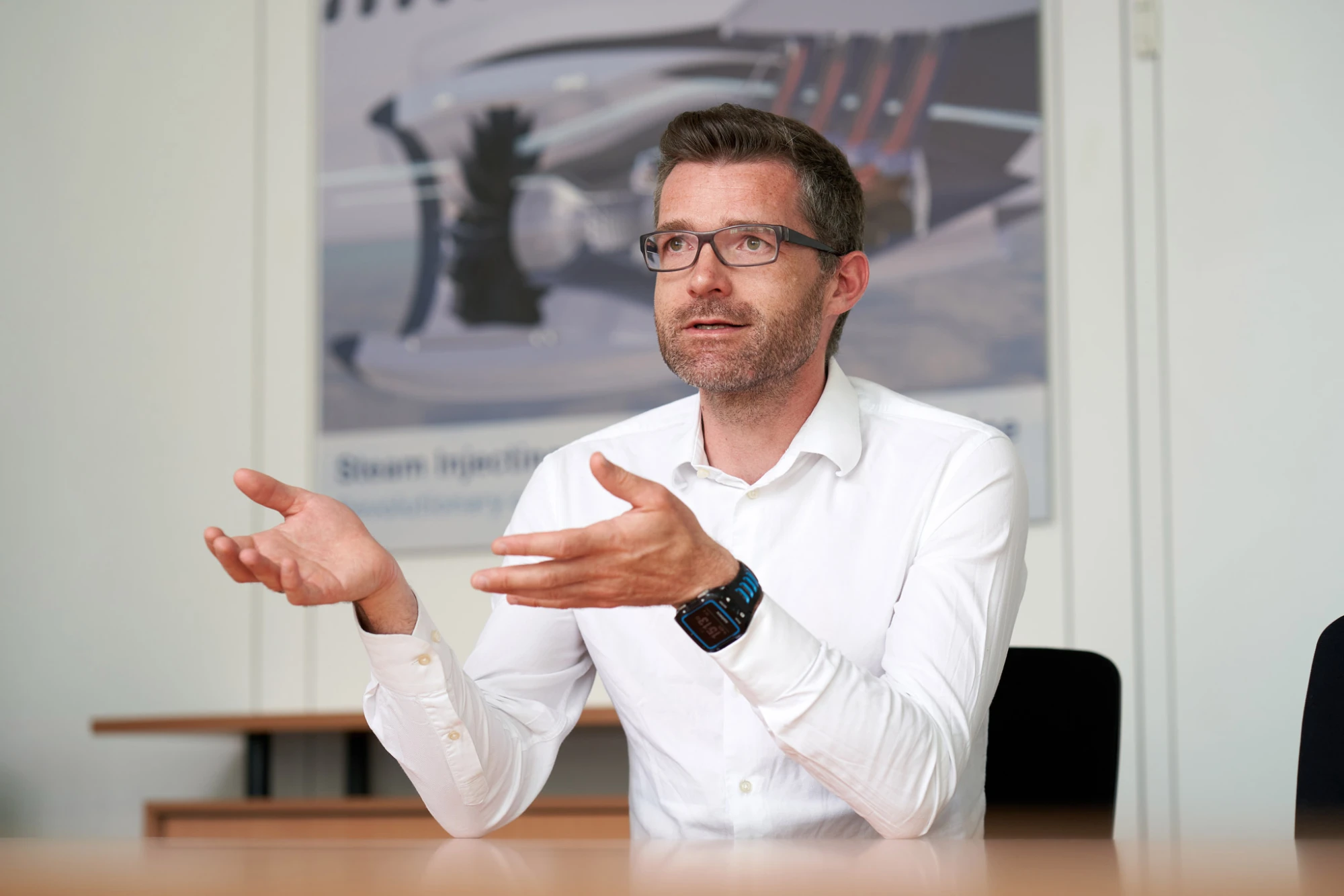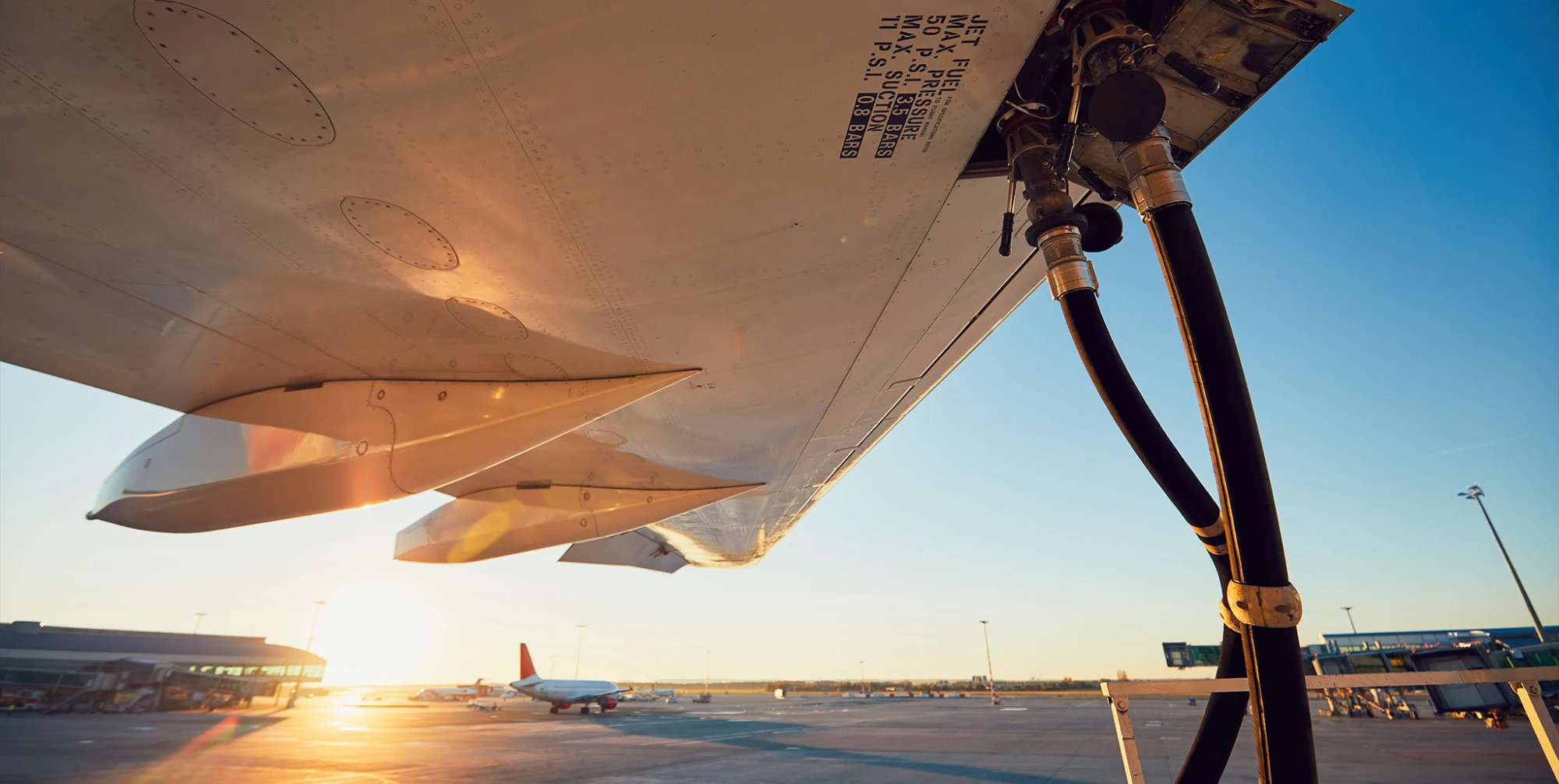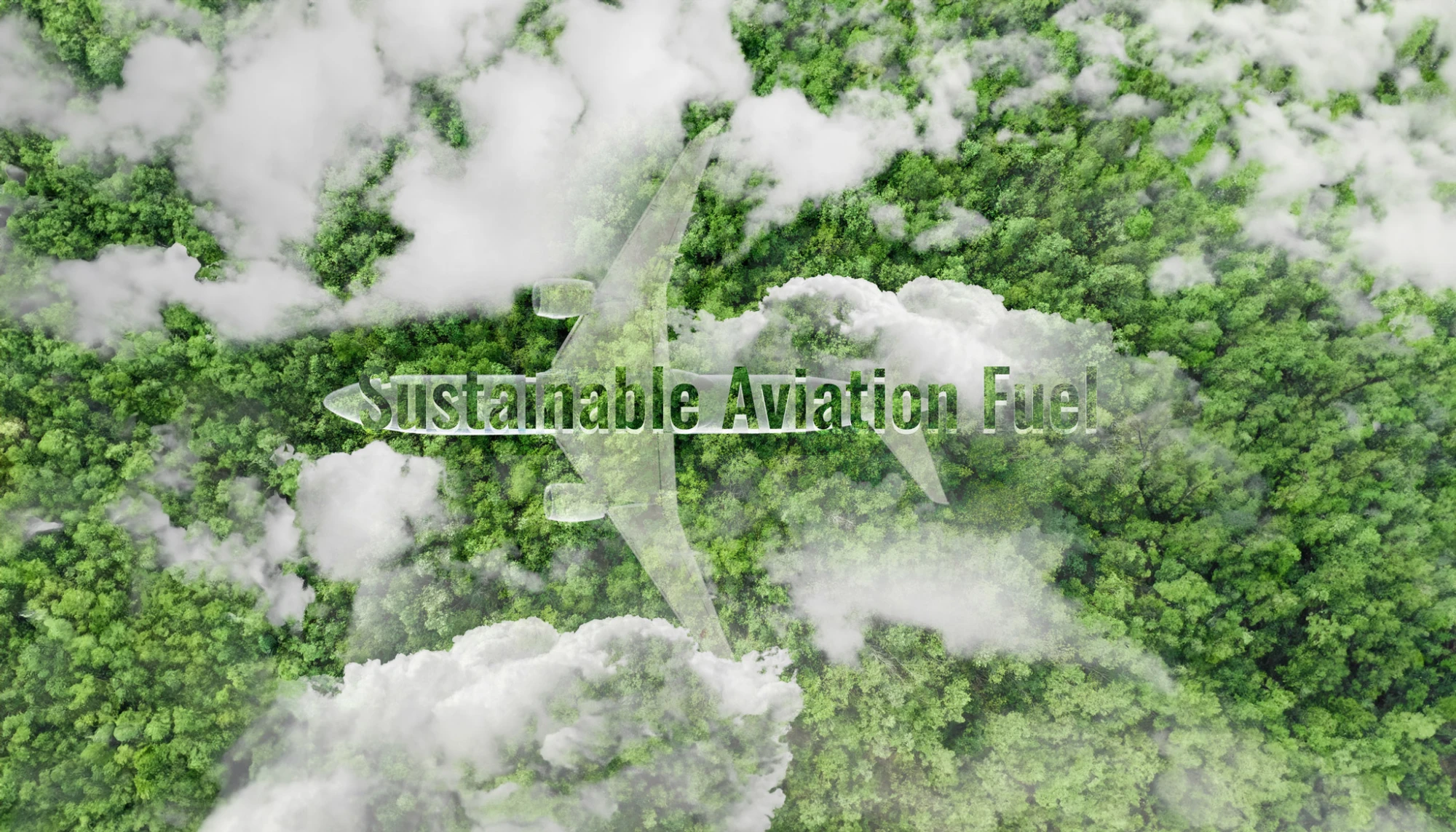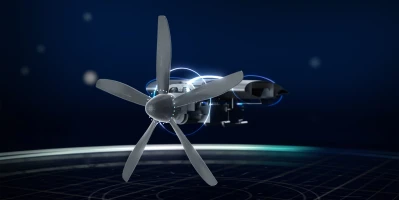AEROREPORT: How can these quotas be achieved?
Donus: The industry needs to attain the required production volumes very quickly. Synthetic fuels, known as synfuels, are a particularly interesting prospect, but they aren’t yet available on the market. Although the manufacturing processes for them have been developed and approved, there are very few demonstration plants worldwide. An analysis by the Potsdam Institute for Climate Impact Research suggests that of the 60 or so new synfuel projects planned by 2035, only around 1 percent have secured the investment commitments they need to proceed. Even a single project on an industrial scale requires an investment of several billion euros. No producer is going to build such a plant without being sure that there will be demand for the fuel in the long term. And that, of course, puts fulfillment of the quota at risk.
AEROREPORT: What SAF manufacturing processes have already been approved?
Donus: SAFs are currently manufactured mainly from biogenic residues. There are various certified manufacturing methods based on different raw materials and processes. One well-known process, which is employed to produce almost the total volume of today’s SAFs, is to hydrogenate vegetable or animal fats and oils into kerosene, also known as hydroprocessed esters and fatty acids (HEFA). Other approved methods, which in turn process other biomasses, can be used to maximize the amount of SAFs. Always on the condition of not competing with food production, of course. But abiding by that condition makes it impossible to establish a sustainable supply of enough SAFs to power the global aircraft fleet.
AEROREPORT: Power-to-liquid (PtL) is considered a very promising process. Why is that?
Donus: In the PtL process, hydrogen is produced using electricity from renewable sources such as wind, water, or solar power. It is then synthesized with CO2 to form hydrocarbons, which are processed into liquid fuel. To make the cycle carbon-neutral, this CO2 must first be extracted from the atmosphere. Given these requirements, it makes most sense to produce large quantities of synthetic fuels in regions with plenty of wind and sun. According to an estimate by the Bauhaus Luftfahrt think tank, it would take less than 1 percent of the area covered by the world’s deserts to meet the aviation industry’s global demand for green energy for the production of synthetic fuels. In the short term, offering PtL processes economically on an industrial scale calls for large, subsidized demonstration plants. These would allow experience to be gathered on the optimal arrangement of the individual process steps. A subsequent market ramp-up would require sufficient green electricity and CO2 to be available, preferably from sustainable sources.










